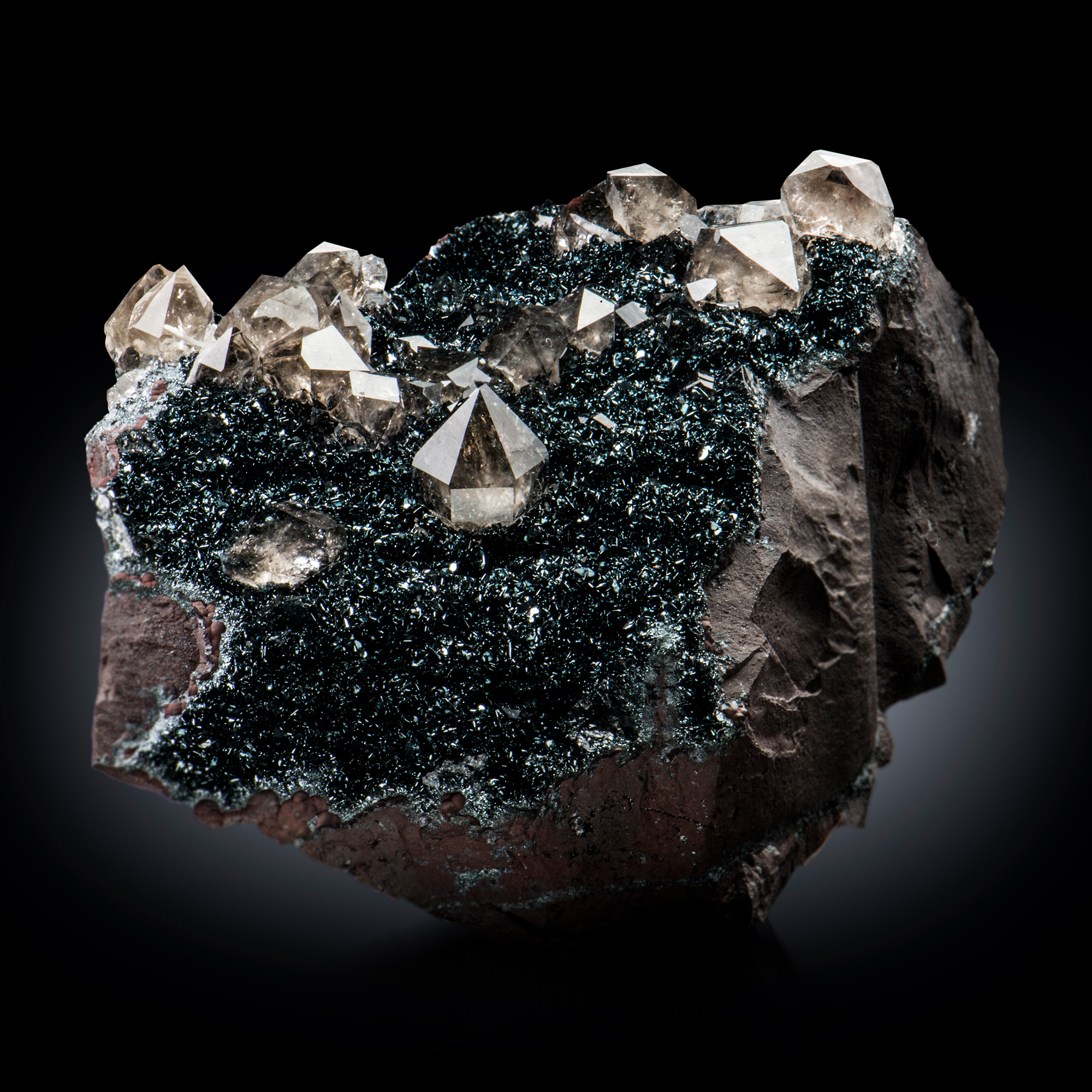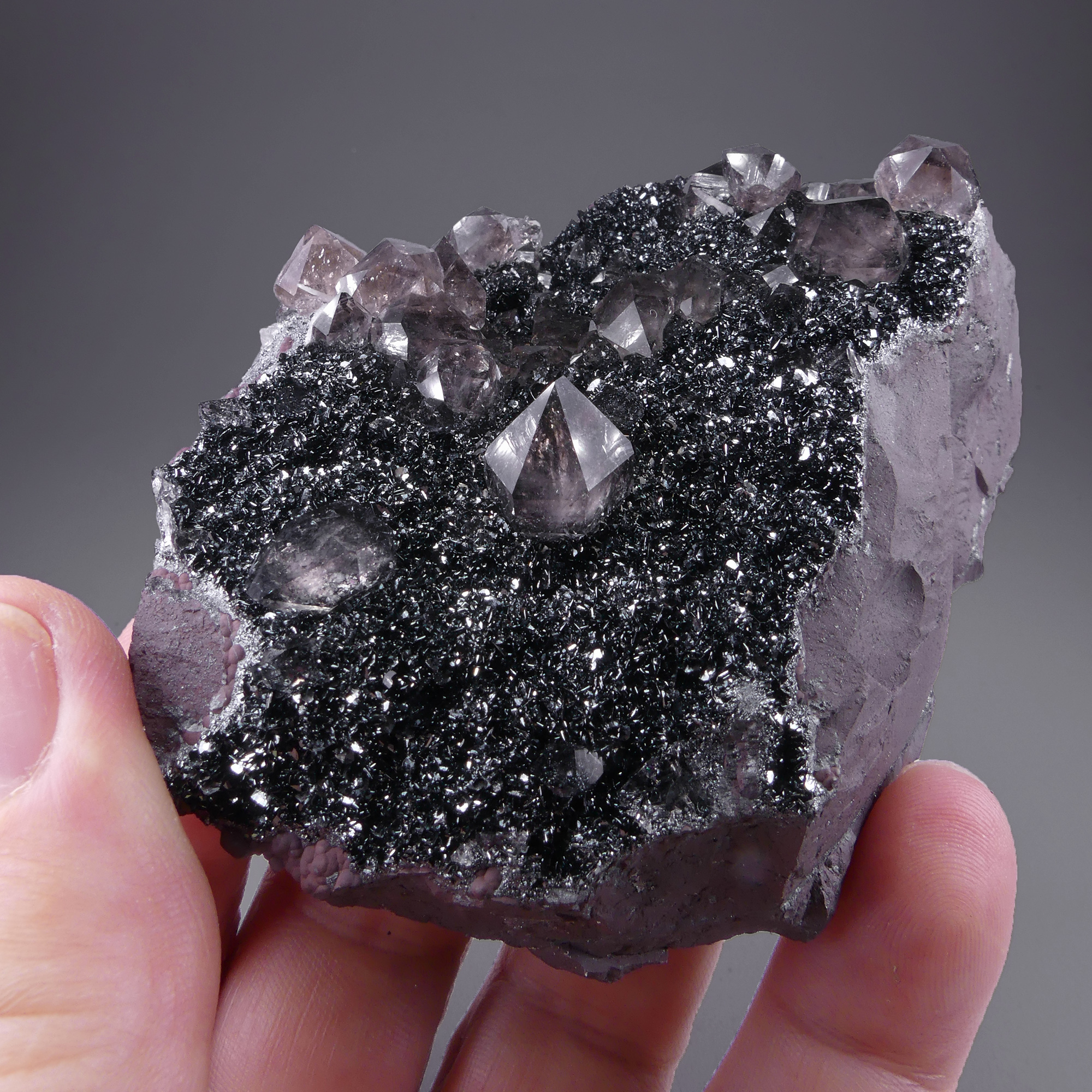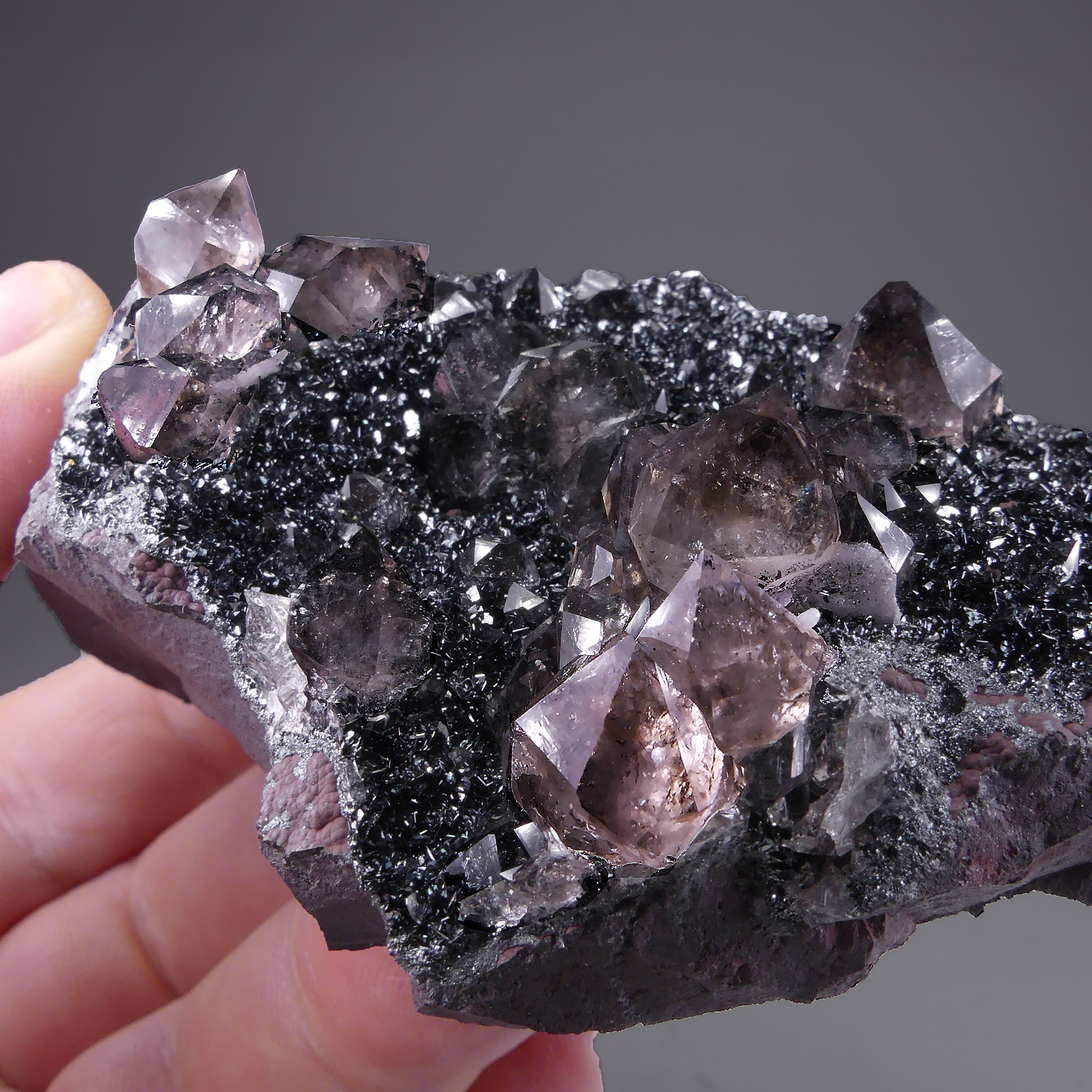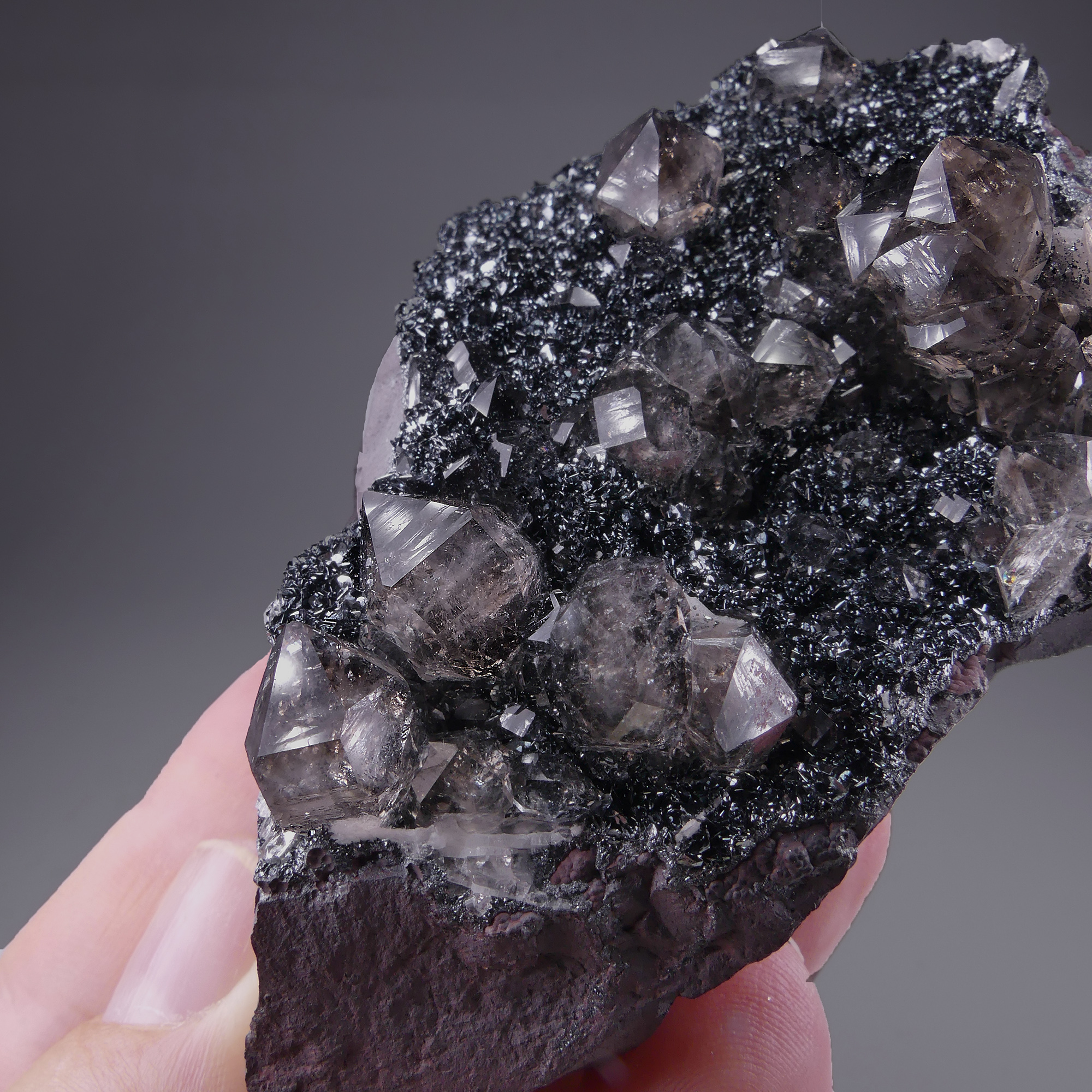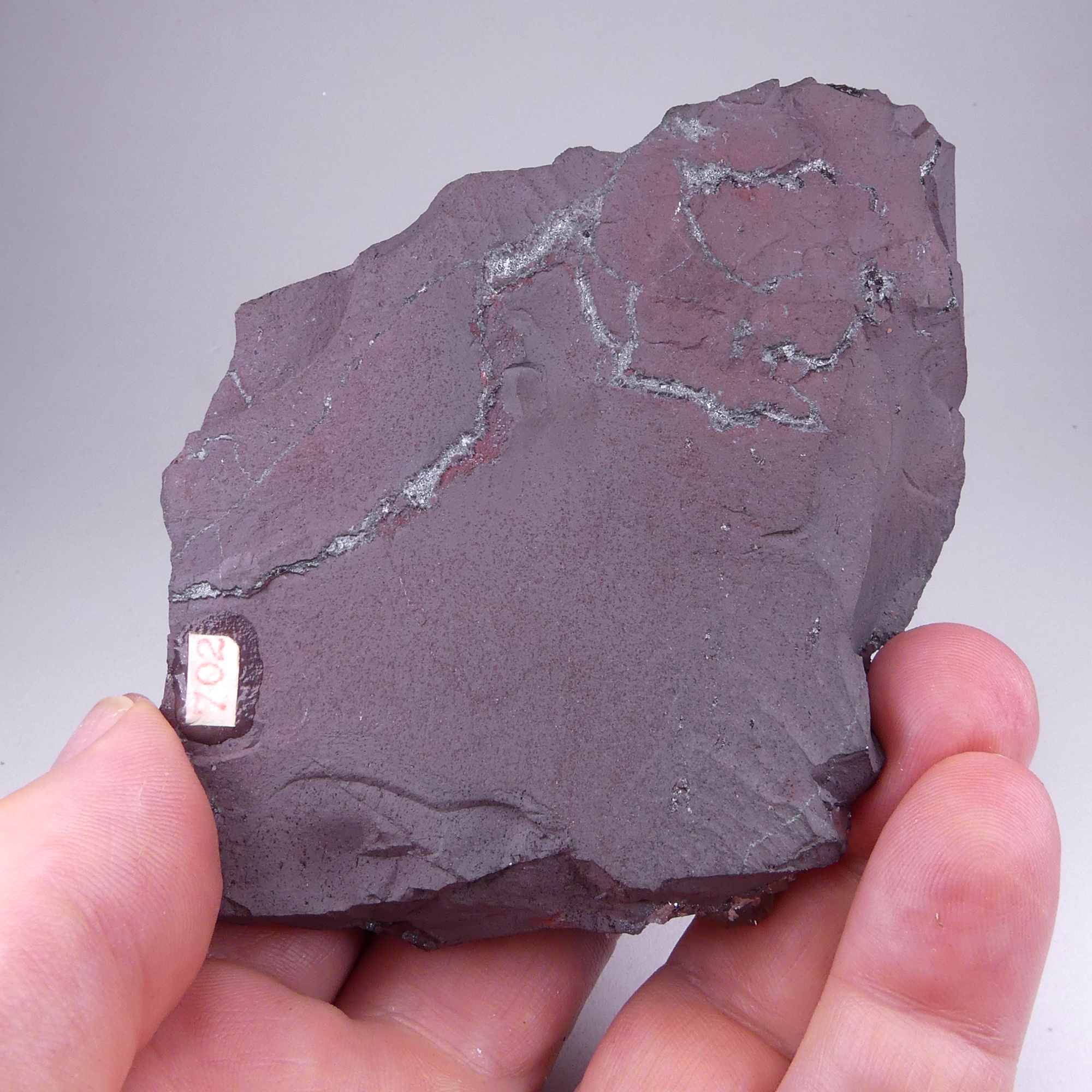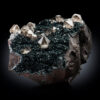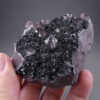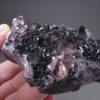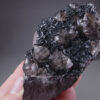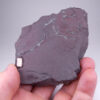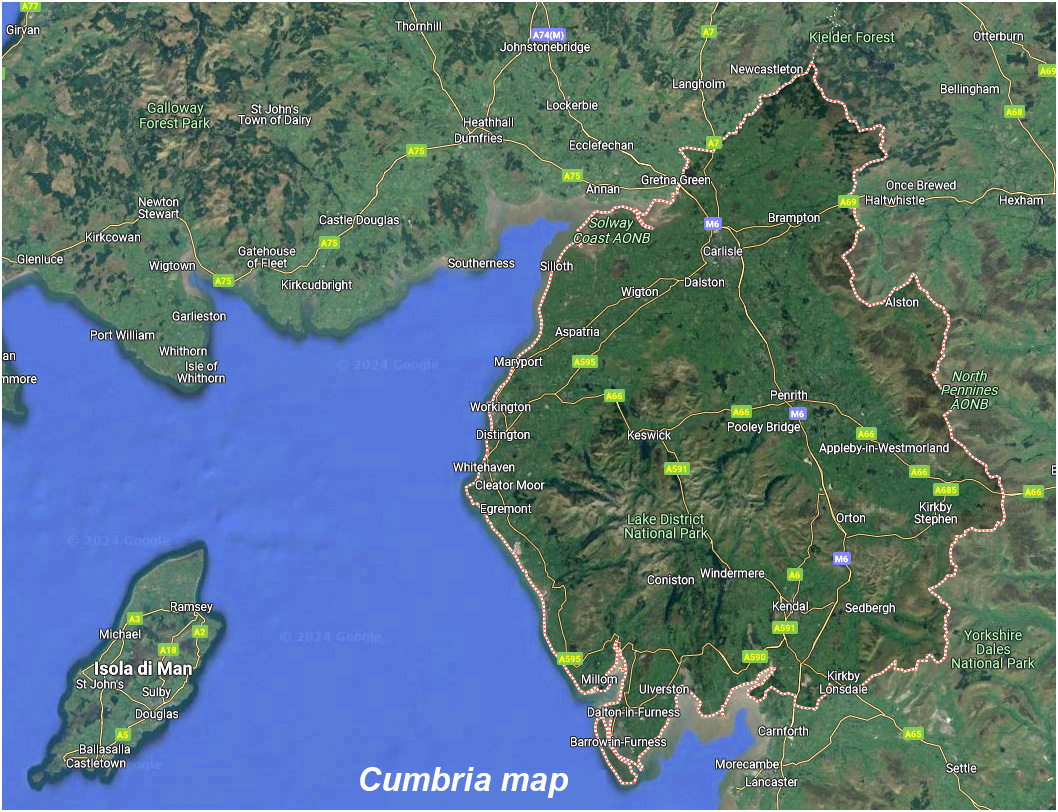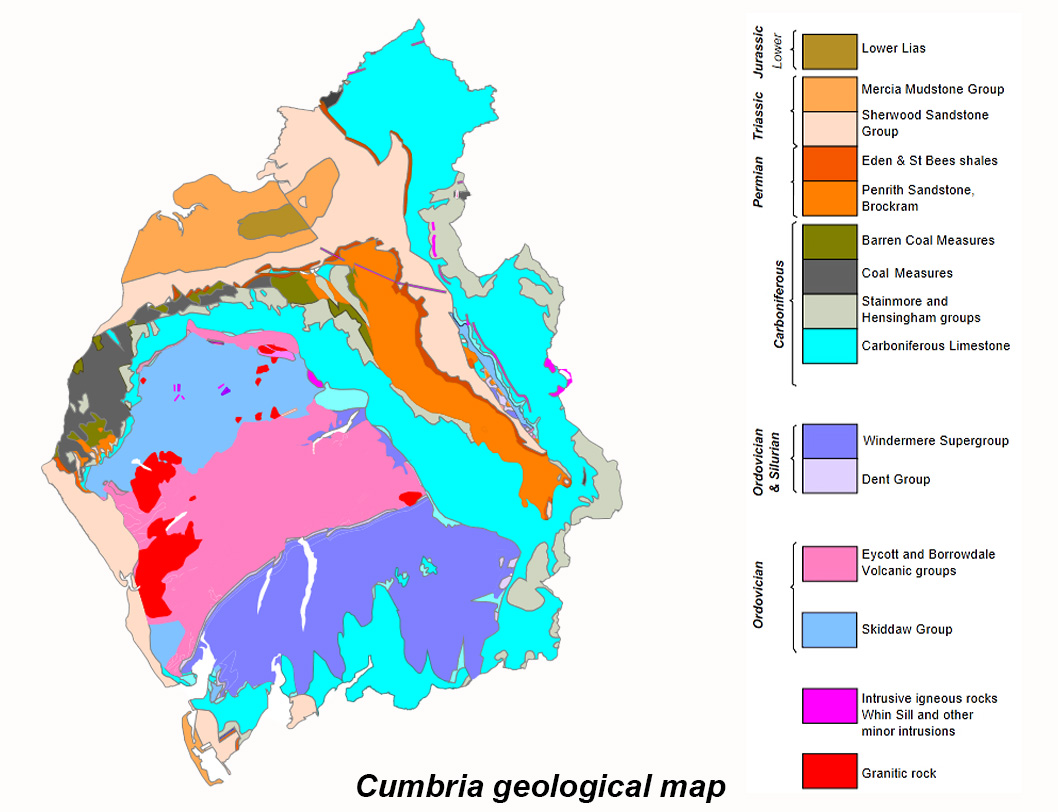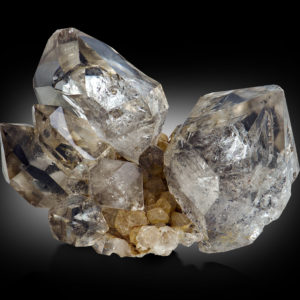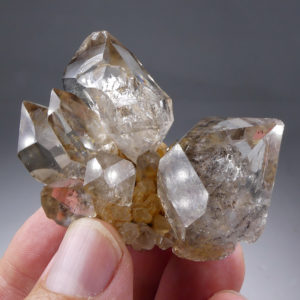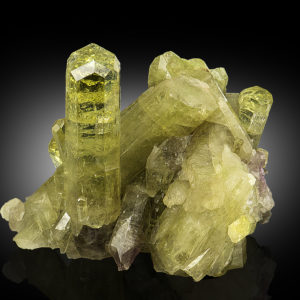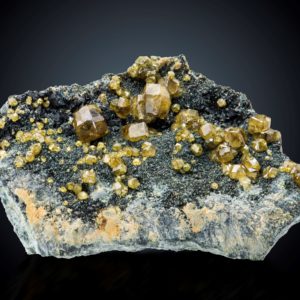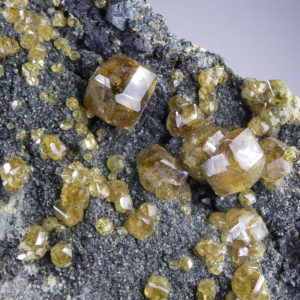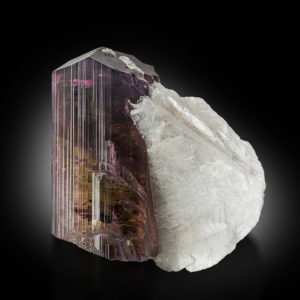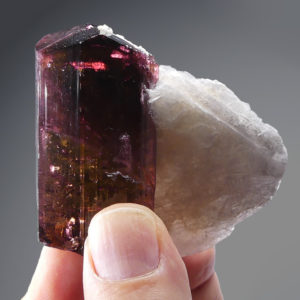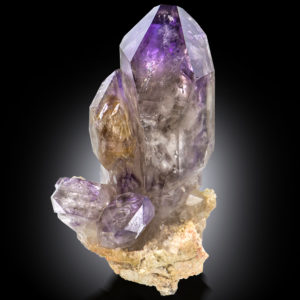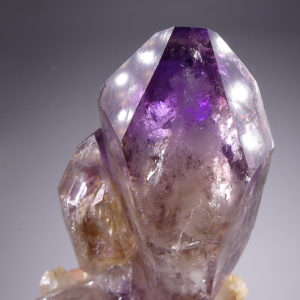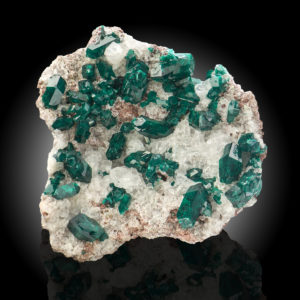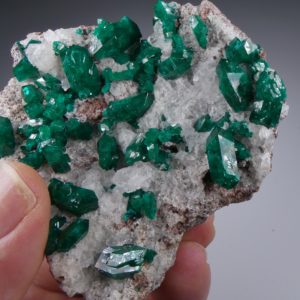HEMATITE, QUARTZ – UK – GFS0390
In stock
€ 1.500,00 +TAX
Specularite, Quartz
Florence Mine, Egremont, Copeland, Cumbria, England, UK
11×7,5×4 cm. (longer Quartz 1,4 cm.)
One of the most amazing and sought-after combinations in the world; we should call it “Spectacularite” instead of Specularite… Specularites from Florence Mine are simply outstanding. This specimen, composed by a family of smoky quartz crystals resting on a bed of black hematite blades, is so brilliant all over that our photos hardly do it justice, and we can consider it highly representative of this locality.
Florence mine is located near the town of Egremont, in the Cumbria county.
Hematite was no doubt first discovered in the north Egremont where Carboniferous limestone crops out at the surface, while the orefield in the south of Egremont is concealed because the Carboniferous rocks pass beneath the unconformable cover of Permo-Triassic strata. Numerous mines have been worked in west Cumbria, the main centres of operation being Frizington, Cleator Moor and Egremont. It seems highly probable that hematite was worked for iron ore in Cumbria in pre-Roman times, though the first documentary records date from the 12th century. The 19th century witnessed the peak of production before large-scale mining ended in the late 1970s, due to the unsustainable exploitation costs, but small production for the manufacture of pigments continued until 2006 at Florence Mine, activity definitively closed in 2007. Florence mine was the last deep working iron ore mine in Europe.
The Cumbrian hematite deposits typically occur as large irregular or flat-lying replacements of limestone, arranged in in a variety of forms : compact, massive, fibrous mammillated known as ‘kidney ore’ and the world famous crystallised Hematite, well known as ‘Specularite’, in marvelous specimens associated with Quartz crystals.
Cumbria county is an area of very varied geology in which a wide range of rock types of many different geological ages host a range of sedimentary mineral resources, as well as vein mineralisation and replacement deposits.
The origin of the hematite deposits is controversial, the most accepted genetic models involve the transport of iron, derived from Permo-Triassic sedimentary rocks in the Irish Sea Basin, through convective leaching of iron effected by hot fluids circulating beneath the Irish Sea; the iron-rich fluids were driven up-dip and gained access to the limestones via faults, large-scale metasomatic replacement of limestone then took place. For more info ![]() and
and ![]()
In stock
Additional information
| Weight | 0.396 kg |
|---|---|
| Dimensions | 11 × 7.5 × 4 cm |
| Country | |
| Location | |
| Species |

